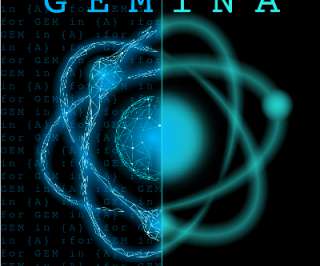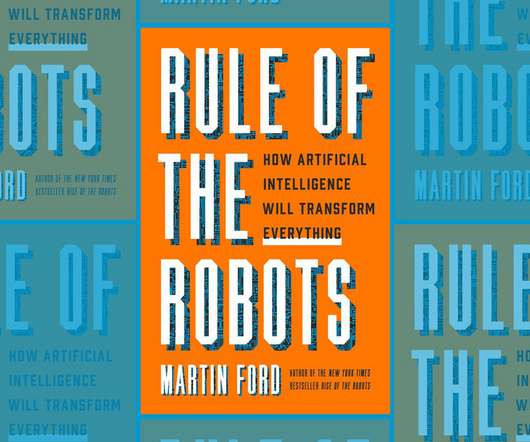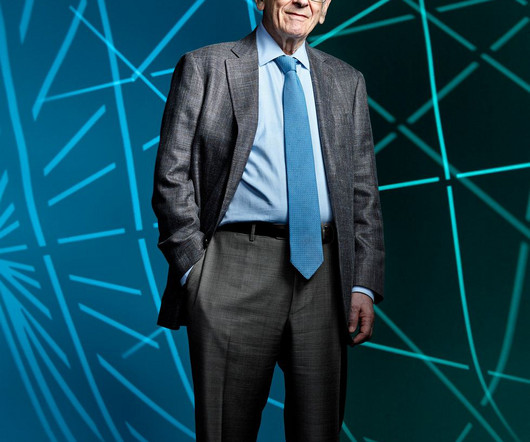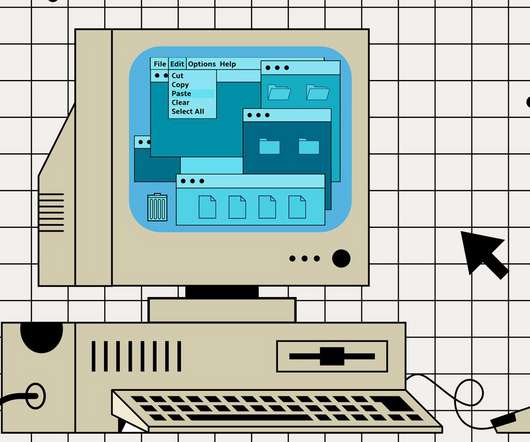ARPA-E to award $27M for advanced nuclear reactor systems operational technology: GEMINA
Green Car Congress
MAY 14, 2020
The GE Research team aims to reduce operations and maintenance (O&M) costs by moving from a time- to condition-based predictive maintenance framework, using GE Hitachi’s BWRX-300 boiling water reactor as the reference design. Massachusetts Institute of Technology: High-Fidelity Digital Twins for BWRX-300 Critical Systems - $ 1,787,065.















Let's personalize your content